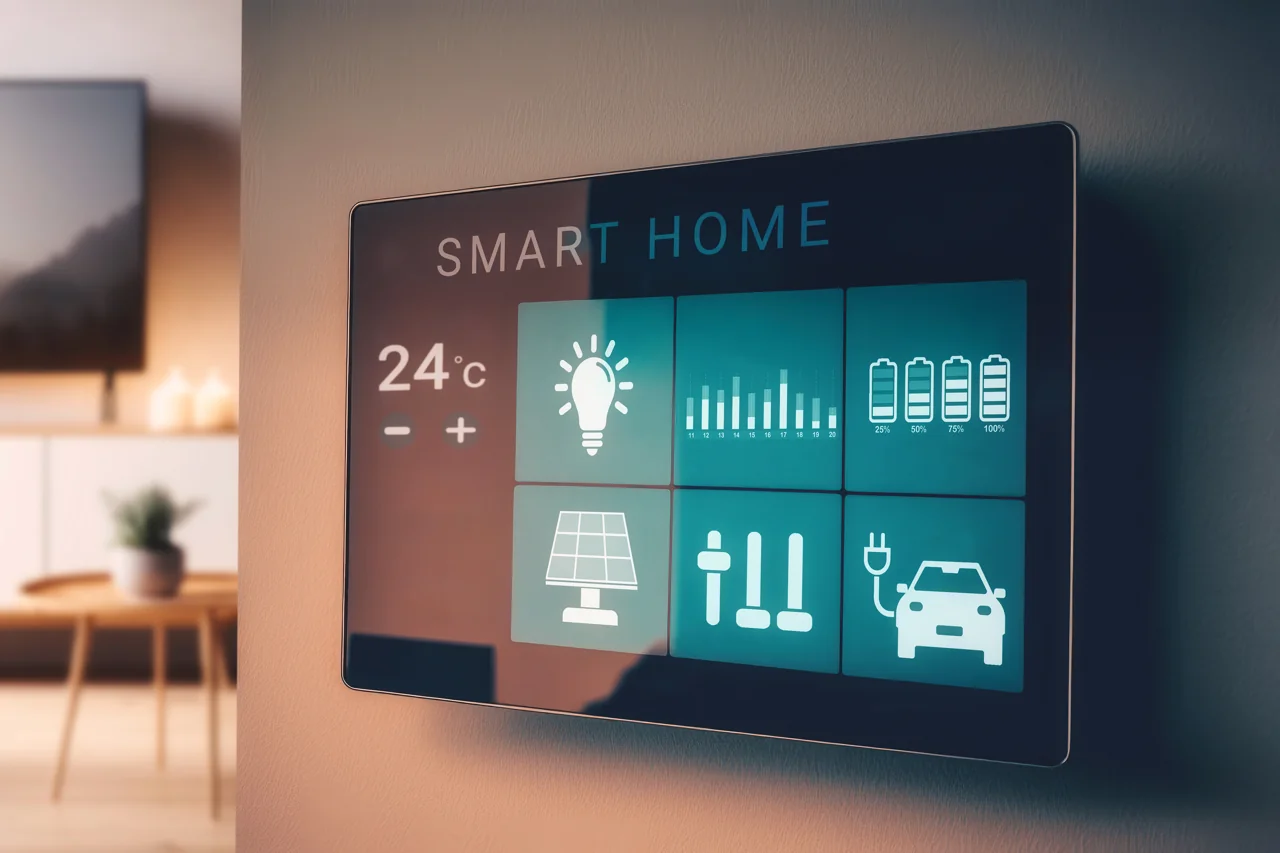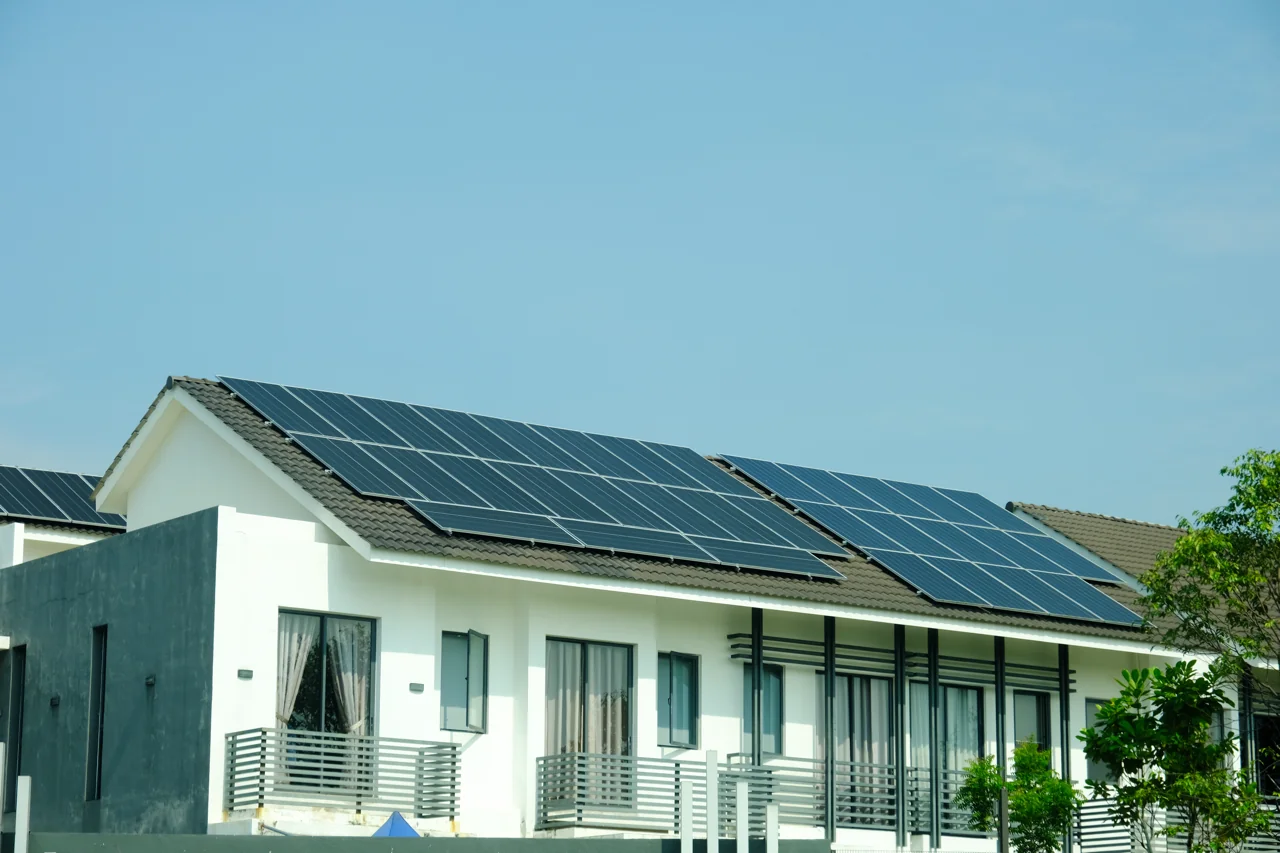

The vibrant city of Miami is at the forefront of the green real estate transformation, driven by an urgent need for sustainability and energy efficiency in housing. This shift reflects not only a global trend but also Miami's unique position in facing environmental challenges, including rising sea levels and tropical storms. This article delves into how Miami's real estate sector is evolving to meet the demand for eco-friendly and energy-efficient living spaces, emphasizing local trends, benefits, and challenges.
In Miami, the demand for environmentally responsible living spaces is surging, mirroring a broader societal shift towards sustainability. Homebuyers in Miami are increasingly valuing properties that offer lower carbon footprints alongside health and economic advantages. The move towards green real estate in Miami aligns with the city's goals for environmental stewardship and resilience against climate change.
• Eco-conscious Building Materials: Miami's construction sector is adopting sustainable and energy-efficient materials, such as reclaimed wood and recycled steel, to reduce the environmental impact of new buildings and renovations.
• Energy Efficiency: Modern homes in Miami are designed to minimize energy consumption with advanced insulation, energy-saving lighting, and efficient HVAC systems, supported by smart technology for energy management.
• Renewable Energy Adoption: Solar panels and wind energy solutions are increasingly common in Miami homes, reflecting a shift towards sustainable power sources.
• Water Conservation: Water-saving fixtures and drought-resistant landscaping are becoming standard in Miami, emphasizing the importance of resource conservation.

• Environmental Impact: Green homes significantly reduce climate change effects, crucial in a city like Miami, which faces direct threats from rising sea levels.
• Health and Comfort: Non-toxic materials and designs that promote natural light improve living conditions for Miami's residents.
• Economic Benefits: Investments in green technology often lead to savings and can increase property values, especially relevant in Miami's competitive real estate market.
• Government Incentives: Miami and Florida offer various incentives to encourage green building, making sustainable projects more accessible.
The transition to green real estate in Miami includes hurdles such as the upfront costs of sustainable technologies and a need for greater awareness about the benefits of green living. Additionally, defining green standards can be complex in a diverse market like Miami's.

The future of real estate in Miami is green. As the city continues to innovate and adapt to environmental challenges, sustainable homes are set to become the norm. This requires not only technological innovation but also legislative support and public education on sustainable living benefits.
This comprehensive exploration emphasizes the significance of Miami's green real estate movement, showcasing the environmental, health, and economic incentives driving this essential shift. As Miami progresses, integrating green practices in real estate development is not just beneficial but crucial for a sustainable and resilient future.